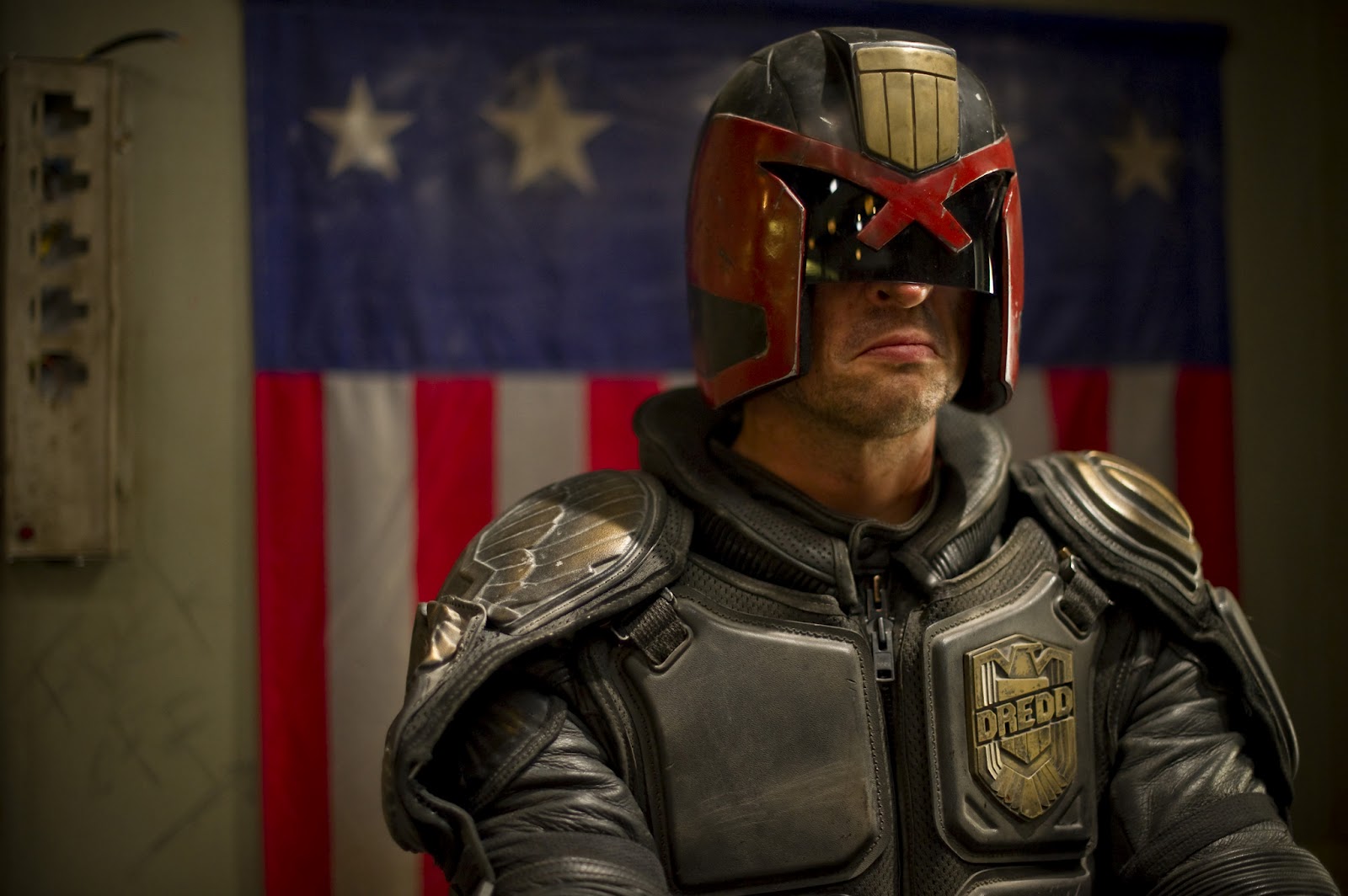
Imitation, it is oft said, is the sincerest form of flattery. And while the world of film is littered with scores of unabashed ripoffs that fail to recapture any of the magic of the films they shamelessly copied (just take a look at the deluge of awful Alien, Jaws and Gremlins clones out there) every now and then, that rare celluloid imitator comes along that not only matches the quality of its inspirator, but in many ways outperforms it at its own game.
In this countdown, we’ll take a look at ten films that – although clearly inspired by the tone, inspiration, atmosphere or premise of previous works – nonetheless managed to do their forerunners one better in most respects…
1. Death Wish (1974)
The film it ripped off: Dirty Harry (1971)
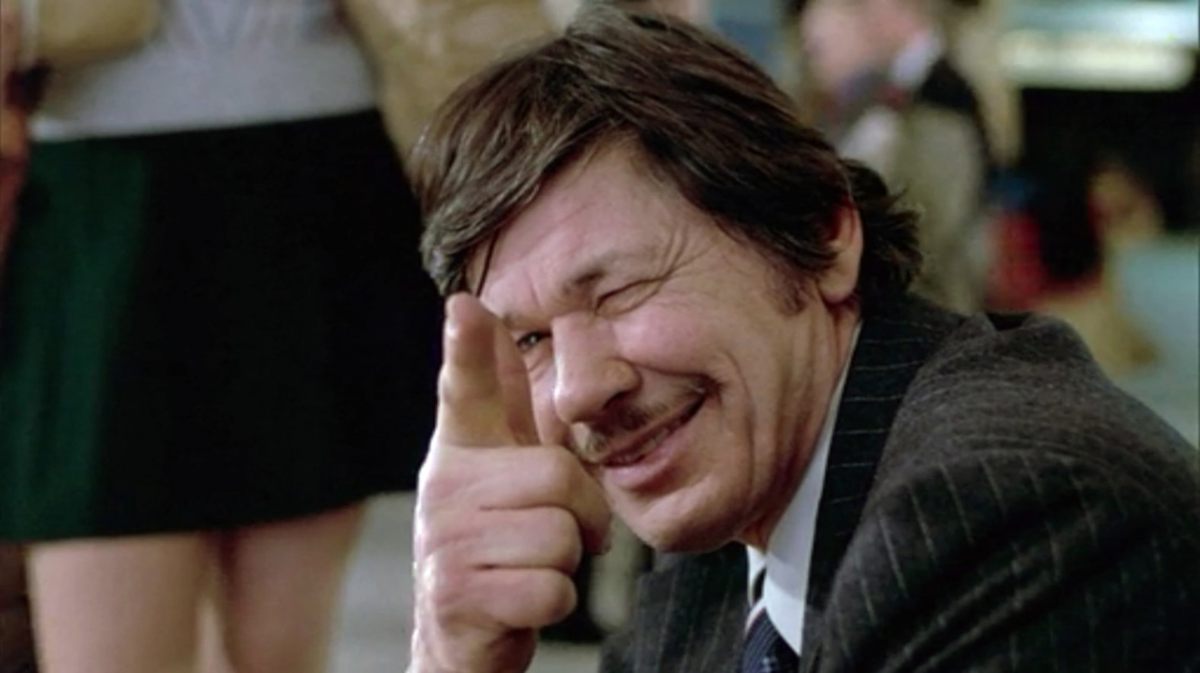
How it outdid its inspiration: While Dirty Harry was definitely a great action film, the one thing it was lacking was pathos. The movie never really gave us any exposition on who Harry Callahan was, and why he was such a gruff, take-no-prisoners, Miranda-rights-ignoring hardass.
Death Wish ups the ante by giving us a protagonist who starts out as precisely the kind of pantywaist pacifist Dirty Harry would’ve loathed, who – after a series of unfortunate run-ins with some low-level, hyper-violent muggers and rapists – slowly turns into a vengeance-obsessed vigilante death machine.
Granted, the acting in Dirty Harry may have been better, but Death Wish is clearly the deeper movie; while Dirty Harry paints its protagonist as unquestionably justified, Charles Bronson’s character Paul Kersey is depicted a little more opaquely. Is he really a populist hero, or just a PTSD-addled fascist?
That moral ambiguity makes Death Wish a much more thought-provoking flick – and there’s no denying it has a more realistic atmosphere, with its grim and grimy cinematography of New York City’s streets and Herbie Hancock’s strangely discomforting soundtrack.
2. Convoy (1978)
The film it ripped off: Smokey and the Bandit (1977)
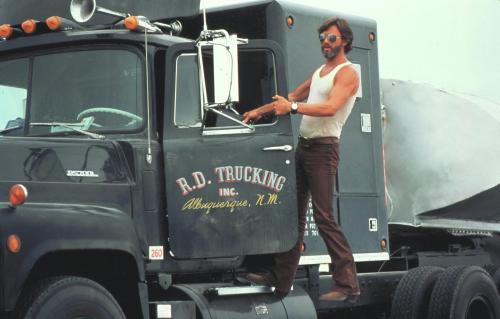
How it outdid its inspiration: Hal Needham’s Smokey and the Bandit is indisputably a drive-in classic, but Sam Peckinpah’s take on the “road renegade” flick definitely results in the better overall movie. Convoy isn’t necessarily a crass imitation of Smokey in the vein of stuff like The Cannonball Run and the Gumball Rally as it is an existential inversion.
Smokey is clearly meant to be a action-filled comedy, while Convoy is supposed to be a darker, grimmer drama that sort of deconstructs the core themes of the 1977 film. Instead of being a carefree, affable bootlegger like Burt Reynolds, Convoy’s leading man Kris Kristofferson represents a more complex character, whose jolly veneer cracks to reveal a more realistic, troubled and melancholic soul. And while Jackie Gleason’s Buford T.
Justice is played strictly for laughs, his Convoy analogue Cottonmouth Wallace (played by Ernest Borgnine) is a genuinely menacing character, a crooked sheriff with white supremacist overtones who extorts innocent truckers and has no qualms about beating up drivers just to showcase his abusive power. The end result is a far more nuanced, moving and gripping motion picture than Smokey – and with even better scenes of automotive destruction, too.
3. The Wanderers (1979)
The film it ripped off: American Graffiti (1973)
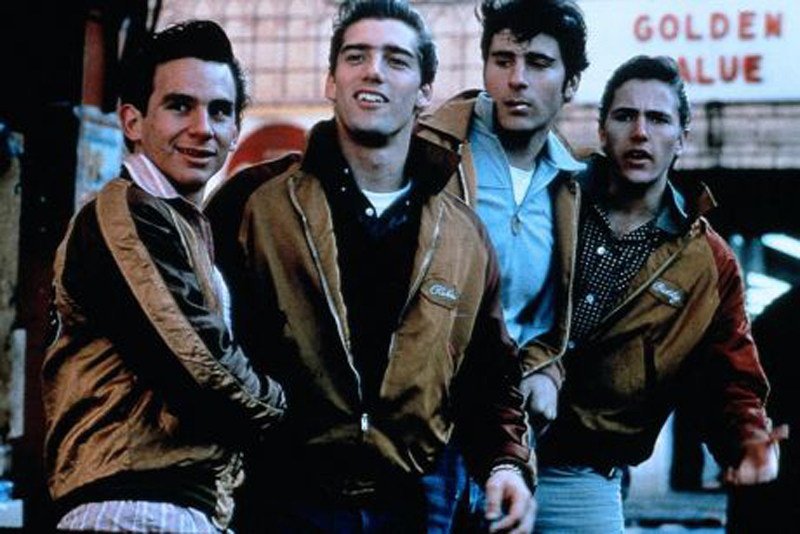
How it outdid its inspiration: Although Philip Kaufman’s The Wanderers is often considered a carbon copy of The Warriors, the reality is that despite the timing of the films’ release and the core plot mechanic of teenage gangbangers, the two movies have virtually nothing in common. Really, the spiritual inspiration for The Wanderers is George Lucas’ American Graffiti from six years earlier.
Both films are set in the early 1960s, both films seek to capture the carefreeness of auto-obsessed pre-Vietnam youth-culture and both films take full advantage of the idiosyncratic “greaser” trappings of the era. The difference is, while American Graffiti offers just a cursory glimpse at wayward 1962 youth culture in the suburbs of California, The Wanderers offers the viewer a much more nuanced – and less sentimental – look back at the era.
Kaufman’s movie directly addresses the rampant racism of the time frame, explores the sociocultural impact of the JFK assassination and smartly hangs the augury of the Vietnam War overhead throughout the duration of the film. Furthermore, The Wanderers actually shows us the dire consequences of the titular wannabe gangsters’ dalliances with delinquency and danger – something George Lucas’ much revered period piece altogether ignores.
4. Motel Hell (1980)
The film it ripped off: Eaten Alive (1977)
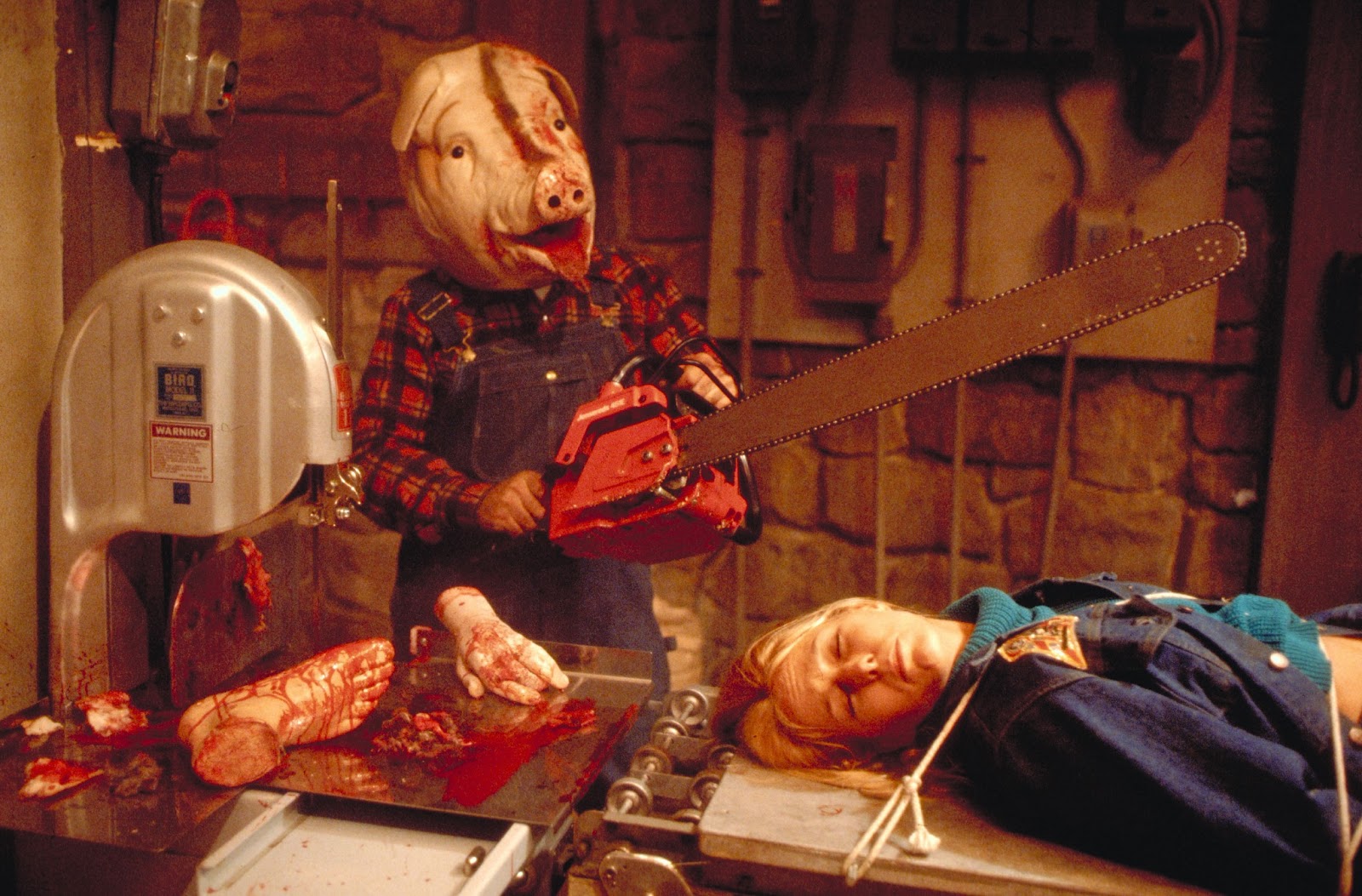
How it outdid its inspiration: In 1977, Tobe Hooper followed up The Texas Chainsaw Massacre with a flick called Eaten Alive. That movie focused on the exploits of Neville Brand, who operated a scummy motel – more or less with the sole intent of capturing/killing guests so he could feed them to a giant alligator that lived underneath the property.
Released three years later, director Kevin Connor’s cult classic Motel Hell had essentially the same premise – only instead of the insane motel owner killing people for crocodile chow, he uses them to make human sausage. For what it’s worth, Eaten Alive is still a fine little exploitation flick (how could anyone hate a movie starring Robert Englund as spaghetti-strap tee-shirt-clad hillbilly whorehopper?) but Motel Hell has it beat in every conceivable category.
Rory Calhoun turns in a much better performance as the deranged motel owner, the supporting cast (complete with extended cameos by Wolfman Jack as a crooked televangelist and John Ratzenberger as the drummer of a crappy heavy metal band) is better and the semi-self-aware script is chock full of witty one-liners and dark comedy sight gags.
And on top of that, not only is it a much funnier film, with scenes of victims buried up to their necks having their throats slashed and the antagonist donning a pig’s head mask to take it to his prey with a chainsaw, it’s certainly a much scarier flick, too.
5. Bloody Birthday (1981)
The film it ripped off: The Bad Seed (1956)
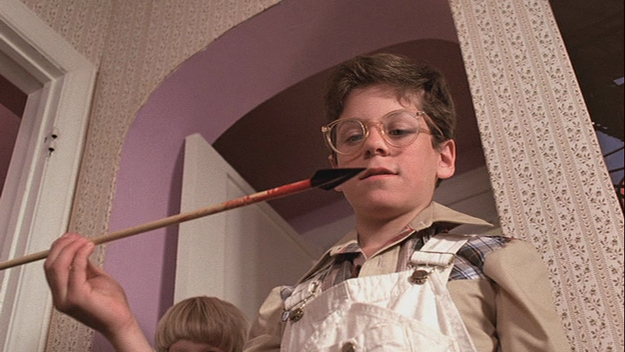
How it outdid its inspiration: For its time, director Mervyn LeRoy’s The Bad Seed was pretty edgy; amidst a sea of rubber monster suit cheeseball fests, it definitely took some chutzpah to release a flick in the middle of the 1950s about a psychopathic, 8-year-old murderer.
Though it is a very good movie (which inspired dozens upon dozens of “killer kid” flicks over the decades), the fairly obscure 1981 slasher Bloody Birthday manages to take the core concept of The Bad Seed and kick it into overdrive. Whereas The Bad Seed revolved around just one murderous moffett, Bloody Birthday throws three of ‘em at us, and each one of those ruthless rugrats could give Michael Myers a run for his money.
Turned horrendously evil by a solar eclipse (no, really), a trio of deadly tykes open the movie by strangling a couple making out in an open grave (again, no joke) and beating a sheriff to death with a baseball bat.
And from there, they start perpetrating some REALLY grisly crimes, including shooting their math teacher (astonishingly enough, named “Viola Davis” in the script) to death with a handgun and attempting to run over their babysitter (while dressed as ghosts!) in a junkyard. It’s certainly one of the better paced and more smartly written slasher flicks of the subgenre’s golden years – and it definitely makes the motif of carnage-causing children introduced in The Bad Seed feel even darker and more disturbing.